Valencia is situated on the Mediterranean Sea, along Spain’s Costa de Valencia. Significantly, you can fly directly to Valencia from numerous cities in Europe, making it an ideal getaway during winter (with a daytime average of 17 degrees), and in summer, it is a region that almost guarantees sunshine.
I’ve visited Valencia in both summer and other vacation times, and both instances proved perfect for exploring the city. While summer may have been slightly too hot, the city’s abundance of trees offers much-needed shade from the sun. In addition to the beach, Valencia is home to several attractions, including the renowned City of Arts and Sciences. Valencia also hosts the spectacular Festival of Fire (Fallas), where you can marvel at figures crafted from cardboard and wax (which are ultimately set alight!). I had the opportunity to witness the festival’s commencement, and I must say, the figures are truly remarkable!
In this post, I will discuss what to see in Valencia, suggest some lunch spots, and share some photos of the city. Based on these, you can determine for yourself whether it’s worth the trip.
Table of Contents
- 1 Valencia’s Attractions
- 2 Ciudad de las Artes y las Ciencias – The City of Arts and Sciences
- 3 La Seu de Valencia – The Gothic Cathedral of Valencia
- 4 Plaza de la Reina and Other Major City Squares
- 5 Mercado Central – The City Market in Valencia
- 6 Turia Gardens – One of the Largest Parks in Spain
- 7 La Albufera – Unique Wetlands
- 8 Beaches in Valencia
- 9 Lonja de la Seda – Historic Silk Exchange
- 10 Fallas de Valencia – The Festival of Fire
- 11 Where to Eat in Valencia?
- 12 Accommodation in Valencia
- 13 Is Valencia Worth Visiting?
Valencia’s Attractions
Wondering what to see in Valencia? You should begin your Valencia tour at the Ciudad de las Artes y las Ciencias, otherwise known as the City of Arts and Sciences. Additionally, you might enjoy a leisurely stroll around the city center or its numerous squares, or perhaps sit in local pubs to people-watch. This is a city where boredom is virtually impossible given its countless attractions. For relaxation, the beach is always a great option – after all, Valencia is a seaside city.
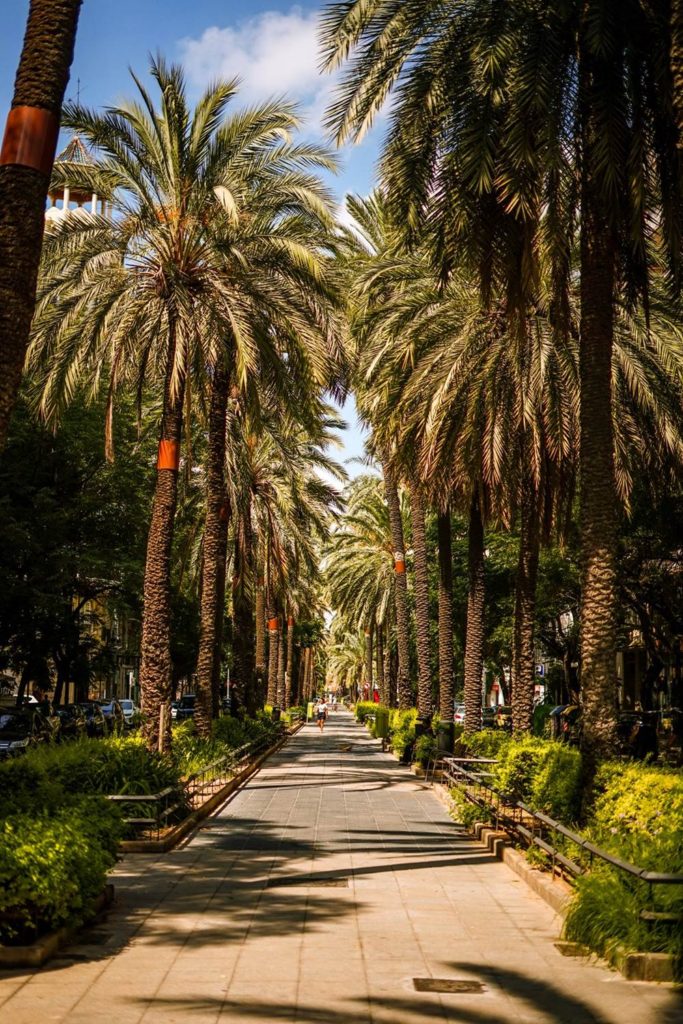
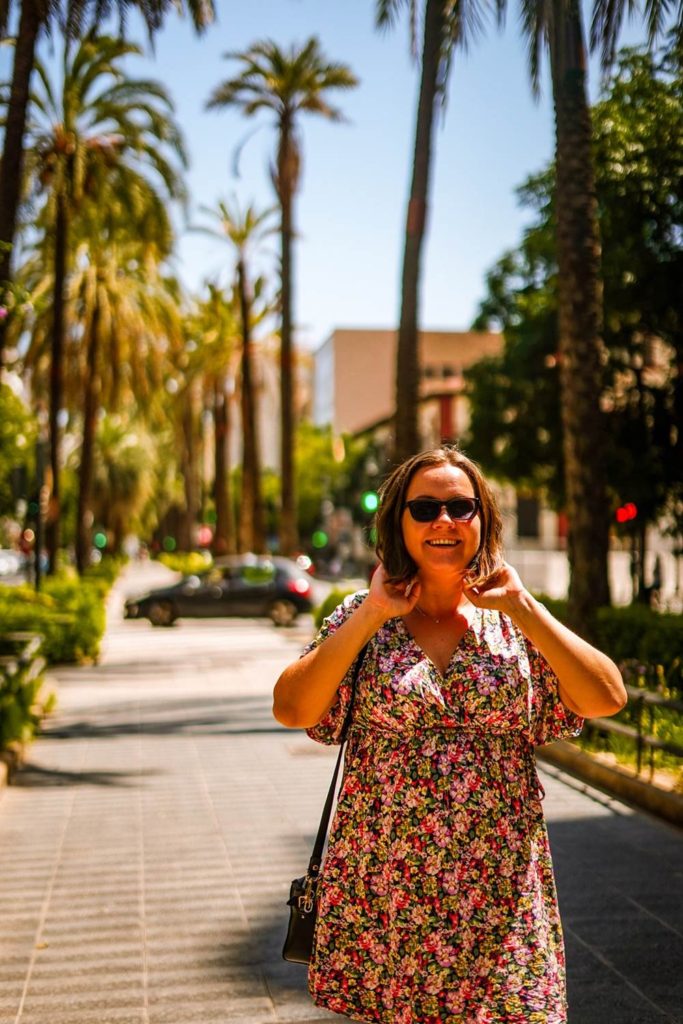
Ciudad de las Artes y las Ciencias – The City of Arts and Sciences
Let’s begin by stating that the City of Arts and Sciences is a mainstay on Valencia postcards. This cultural and architectural complex, which also forms a small district of the city, has been recognized as one of Spain’s 12 treasures. Construction commenced in 1996, and the final building was completed in 2009.
The City of Arts and Sciences in Valencia extends for nearly two kilometers and is situated on the former bed of the Turia River. It comprises six highly intriguing buildings. While admission to the complex is free, tickets are required for entry into the facilities. This complex, one of the largest of its kind in Europe, was built to foster science and art appreciation. It consists of futuristic buildings designed by Spanish architects Santiago Calatrava and Felix Candela, and impresses visitors with its avant-garde architecture.
The first to be built was a distinctive structure, L’Hemisferic, which resembles a giant human eye. Inside, you’ll find a panoramic 3D cinema with a theatre and an impressive screen spanning 900 m².
he Prince Felipe Science Museum, or El Museu de les Ciències Príncipe Felipe, is a must-visit for all science enthusiasts, experiment conductors, and technology explorers. The museum is particularly appealing to children, who can learn about the scientific world through interactive games (as my younger brother excitedly attested).
Next up is L’Umbracle – a scenic viewpoint surrounded by gardens. It beautifully combines lush greenery with modernist sculptures, offering a perfect space for a leisurely stroll and a moment of respite during your complex visit.
Oceanogràfic stands as the largest oceanarium in Europe, and ranks among the world’s largest. It is divided into ten sections, housing more than 500 aquatic species, and its main building is architecturally designed in the shape of a water lily.
The Queen Sofia Palace of Arts, or Palau de les Arts Reina Sofia, is a focal point for music and the arts, boasting a large, imposing structure. Encompassing 40,000 square meters, it can accommodate up to 4,000 spectators and houses four halls, each impeccably designed for hosting opera, theater, ballet, or concerts.
The last venue to be constructed is L’Àgora, a covered space in the form of an ellipse, serving as an exhibition venue and sports arena. The City of Arts and Sciences is indeed a destination you could allocate an entire day to explore, and it would undoubtedly be a day to remember. Even a simple stroll around its exterior proves to be an engaging experience.
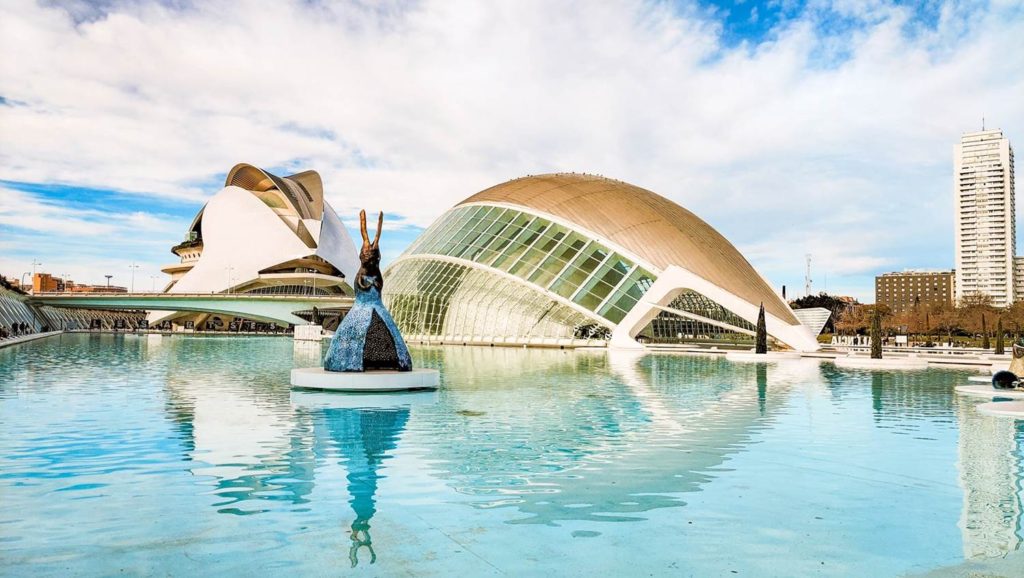
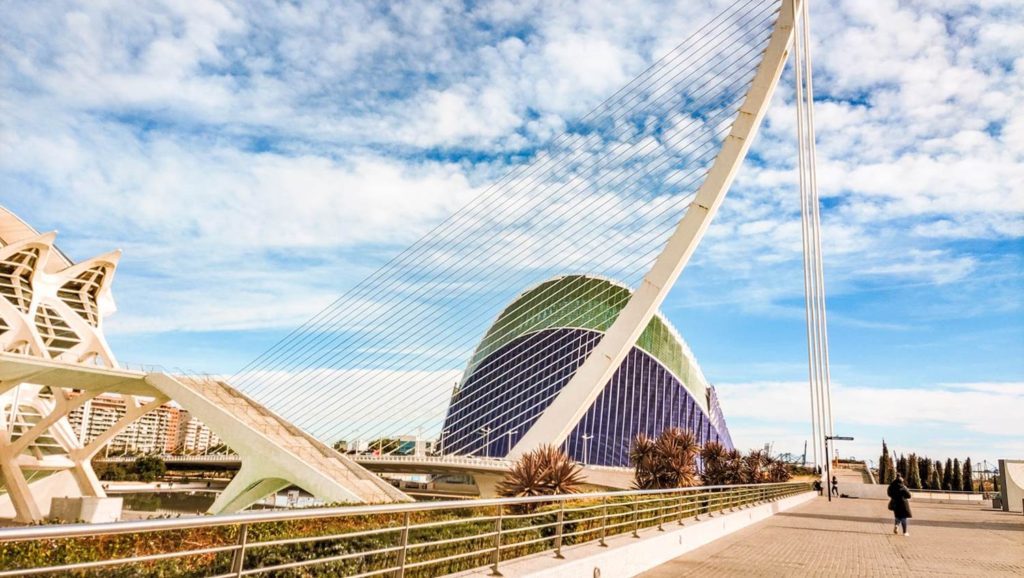
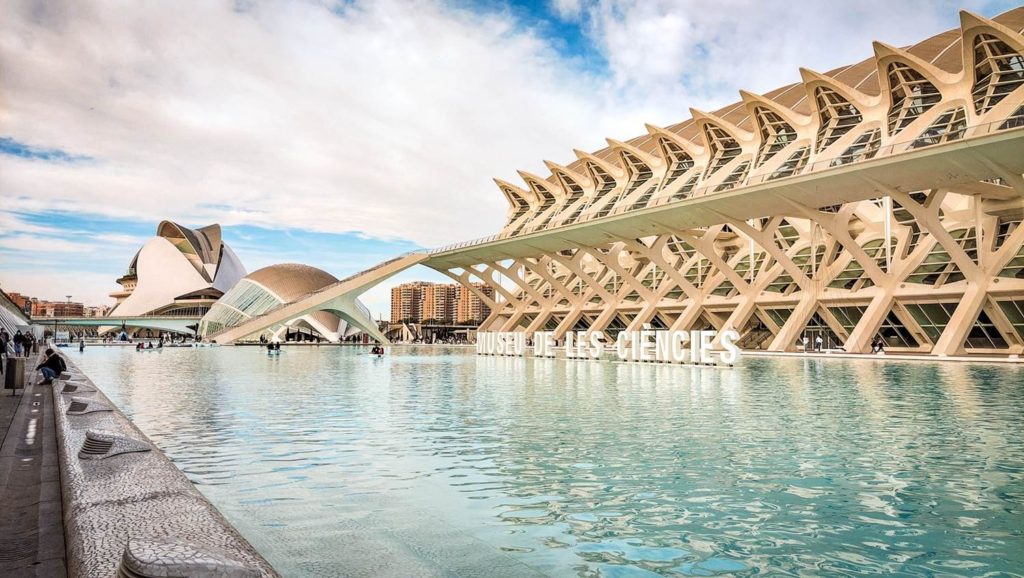
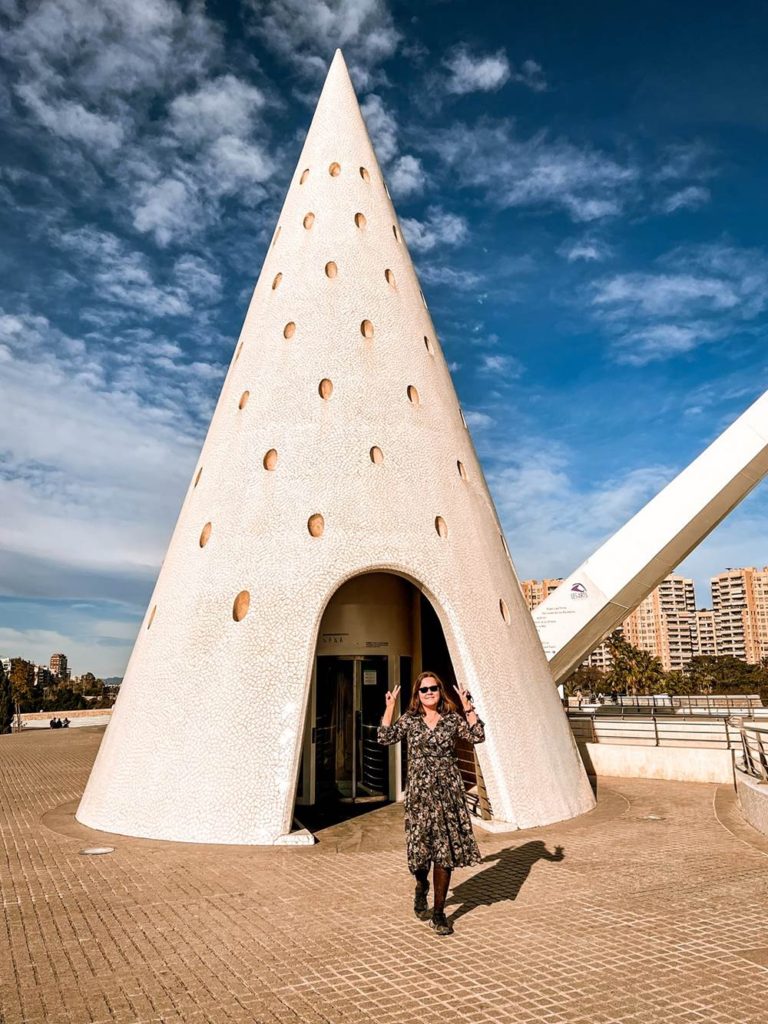
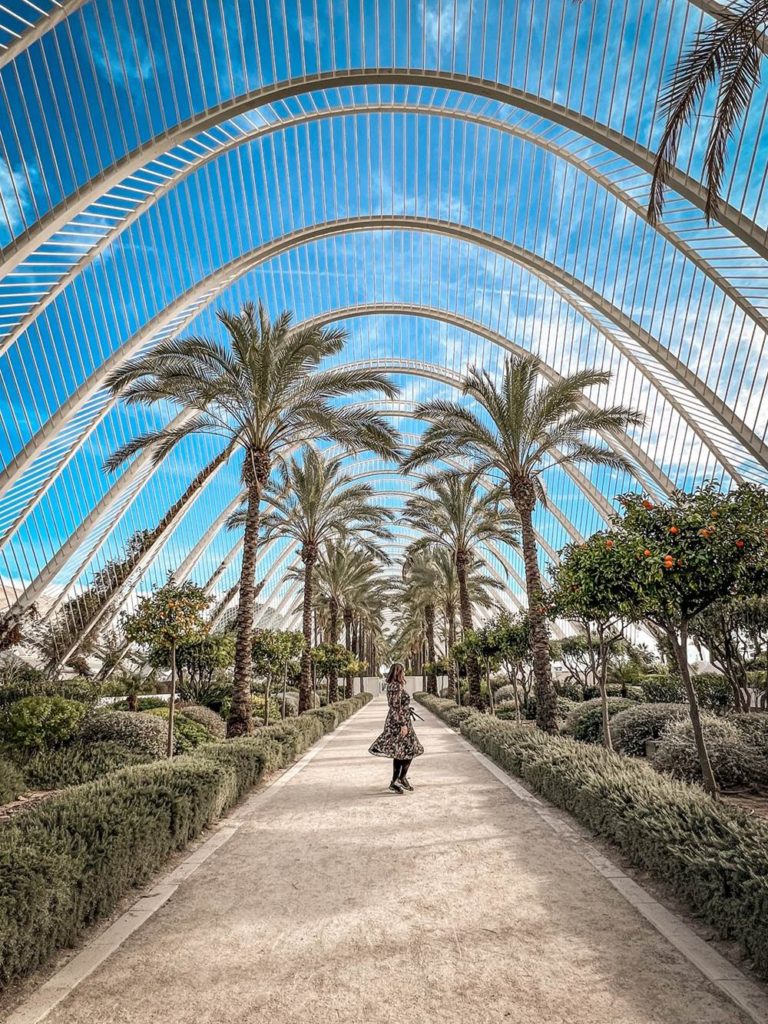
La Seu de Valencia – The Gothic Cathedral of Valencia
The Valencia Cathedral stands as one of the most intriguing religious edifices in the city. Originating from the 13th century, this monument blends various architectural styles including Romanesque, Gothic, and Neoclassical, resulting in a truly unique appearance. However, it’s not only the breathtaking architecture that draws tourists and devotees to this cathedral, but also the mystery of the Holy Grail.
The Holy Grail in question is one of the invaluable relics that stirs up much debate and polarizing views. According to the Church and many related authorities, this temple is believed to house the renowned chalice from which Jesus drank at the Last Supper. Naturally, this historic lore positively impacts the city’s promotion and the number of tourists visiting Valencia. As to the veracity of this claim, that’s for you to decide.
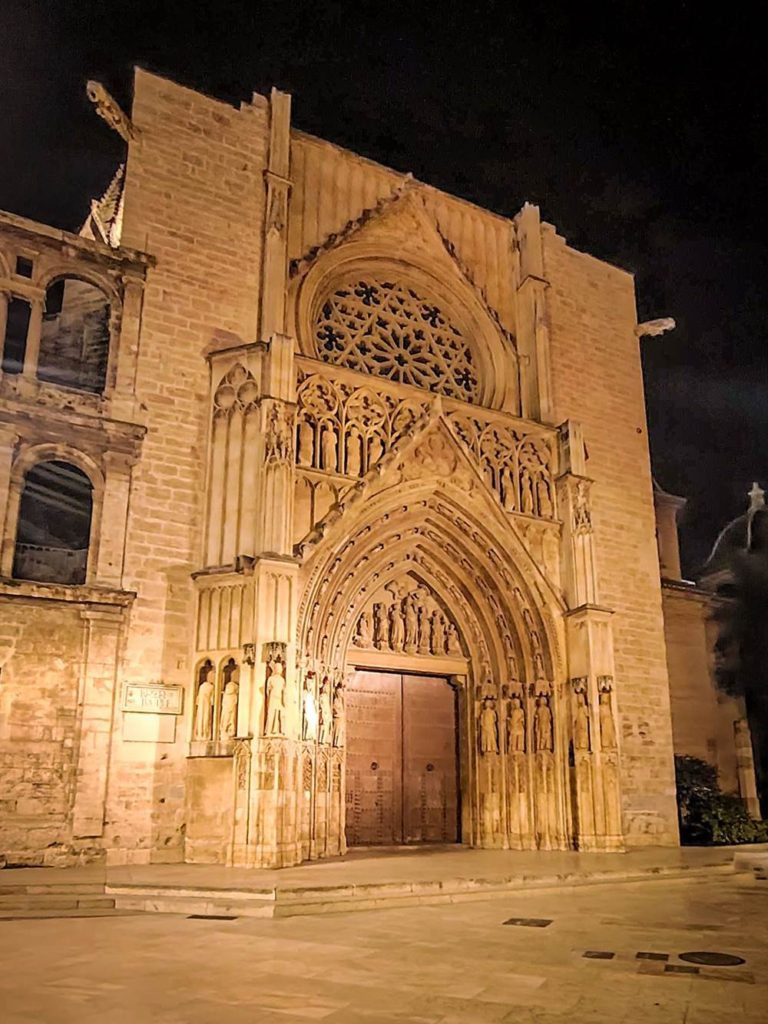
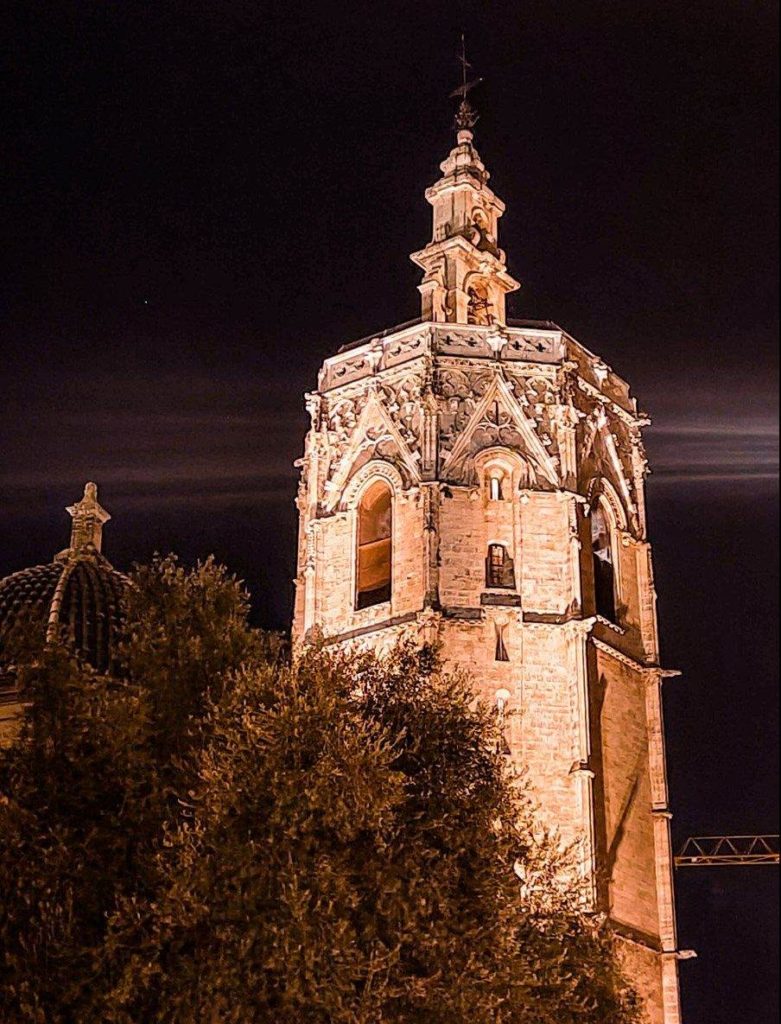
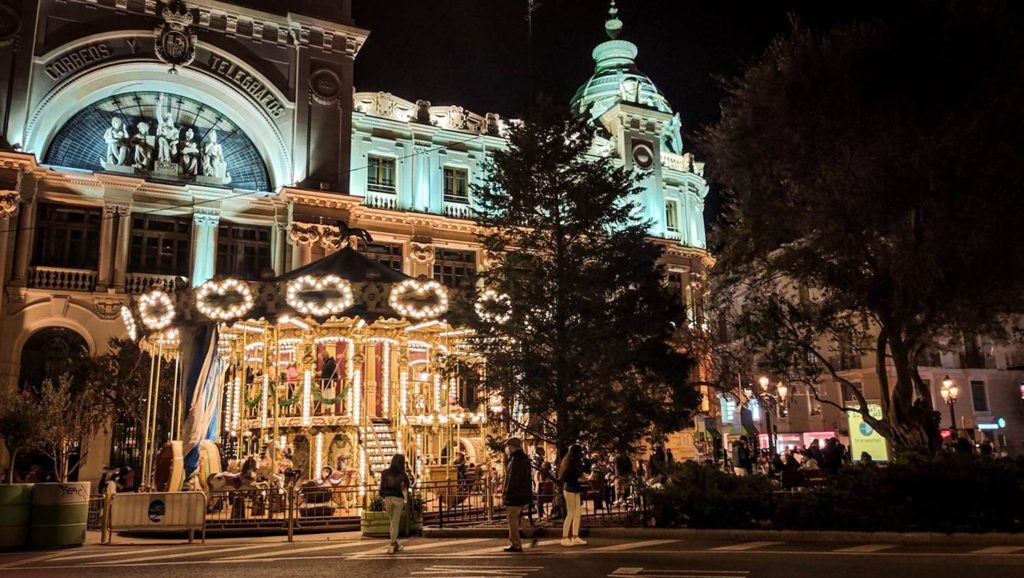
Plaza de la Reina and Other Major City Squares
Valencia is celebrated for its multitude of plazas or squares. Typically rich in tree cover and greenery, these squares serve as urban oases, providing shade on hot days. They are made up of intricate networks of paths and promenades leading to delightful squares and courtyards, making them perfect for strolling and unwinding.
One of the most well-known and sizeable squares in Valencia is Plaza de la Reina, or “Queen’s Square,” nestled within the Old Town. This exceptionally charming part of the city boasts delightful restaurants offering traditional tapas, Valencian paella, and other dishes native to the Valencia region. It’s definitely worth pausing here for lunch, a beverage, or a glass of wine to fully soak in the city’s ambiance.
Not far from Plaza de la Reina, you’ll find the Round Square, or Plaza Redonda. This quaint, circular square possesses a unique charm, with a fountain dating back to 1850 at its center. The square is enveloped by a variety of shops selling haberdashery, lace, local artisans’ crafts, and souvenirs.
Plaza Lope de Vega is another square situated near the Round Square. This location merits a visit due to a quite intriguing sight. Located in Plaza Lope de Vega is the narrowest building in Europe. The structure, which measures only 107 cm in width, is a townhouse. Today, it accommodates the La Estrecha bar, but it once served as a residential building.
Another noteworthy location is Plaça de la Mare de Déu. Centrally positioned in this square is the Fountain del Turia, dedicated to Neptune. This square lies adjacent to the renowned Gothic cathedral.
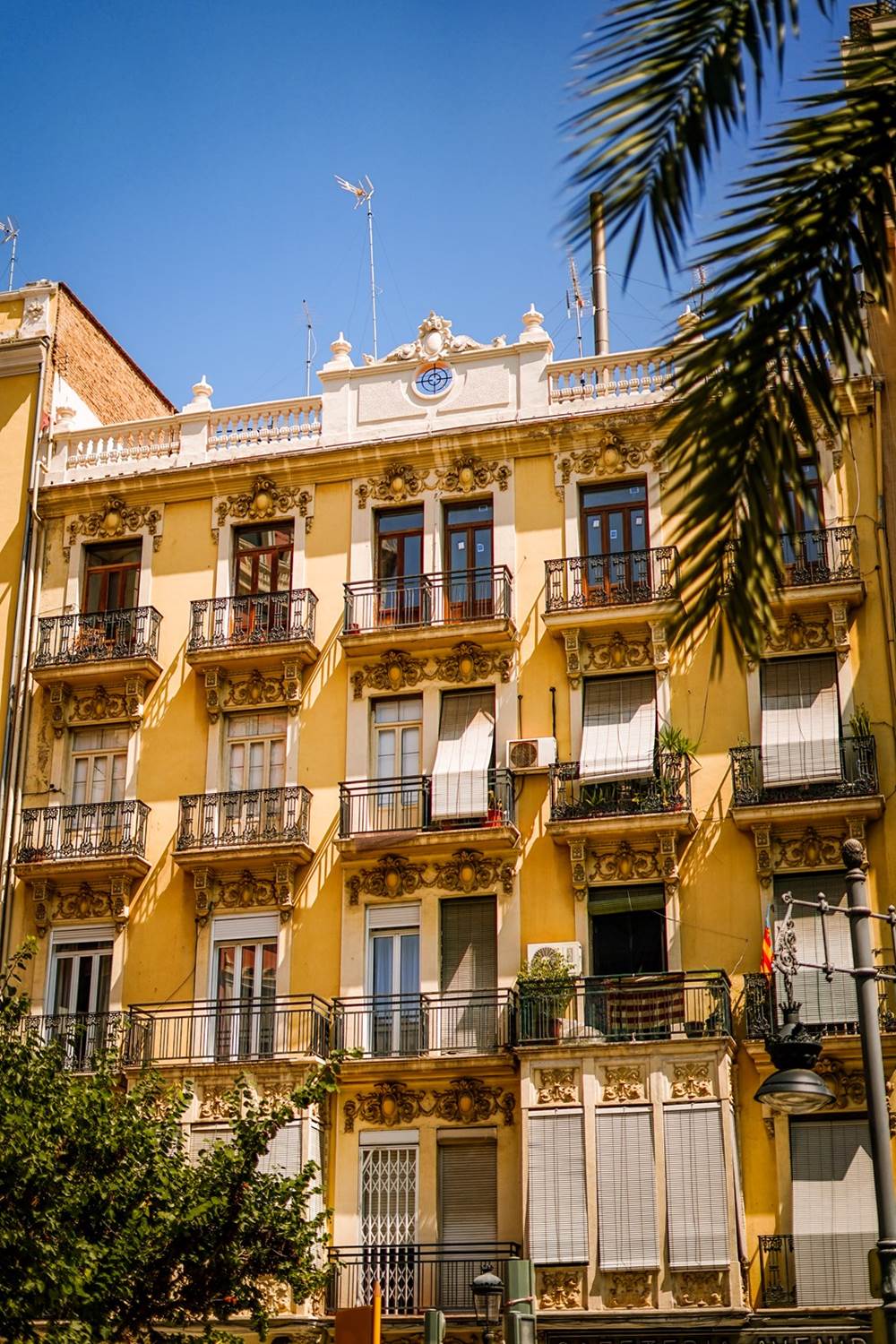
Mercado Central – The City Market in Valencia
This historical market, one of the oldest in Europe, immediately impresses with its distinctive architecture. It’s housed within a large modernist building and offers a deep dive into local culture and tradition.
At the market, you’ll find an assortment of items ranging from meats to snails, spices to olives, and ceramics. The market is neatly organized and divided into sections. Among other things, there’s a section with freshly caught fish and seafood, sections boasting a vast selection of vibrant fruits and vegetables, and stalls selling tea.
Regrettably, I don’t have a photo of the market to share, but a stroll through the town is also quite engaging:
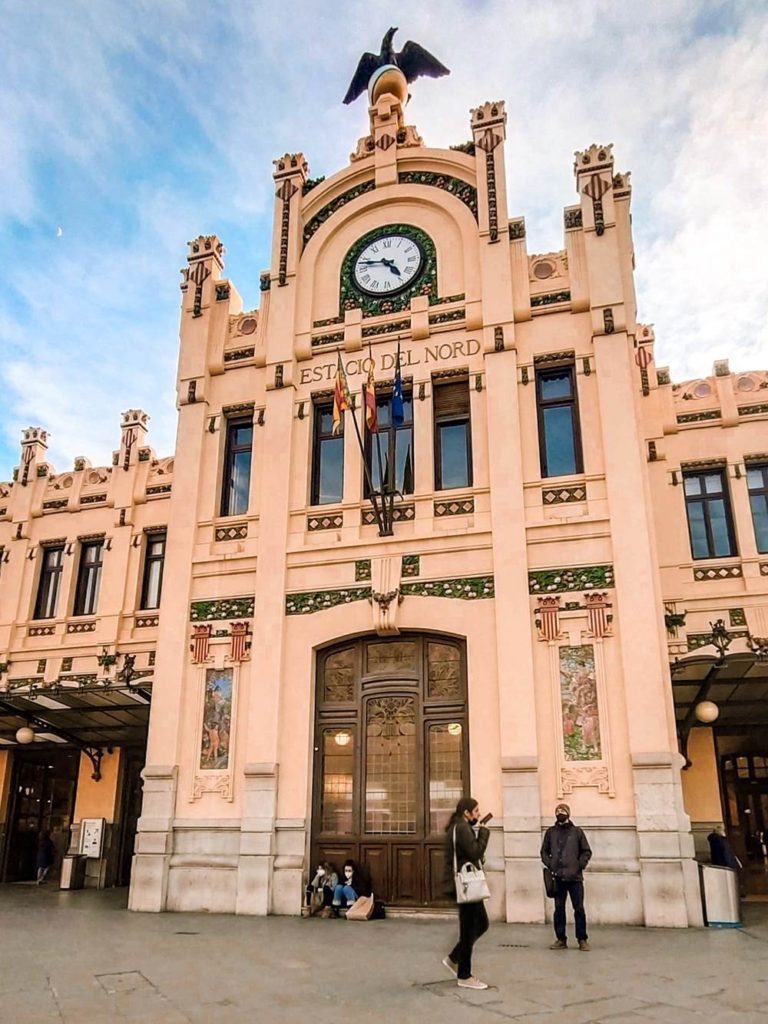
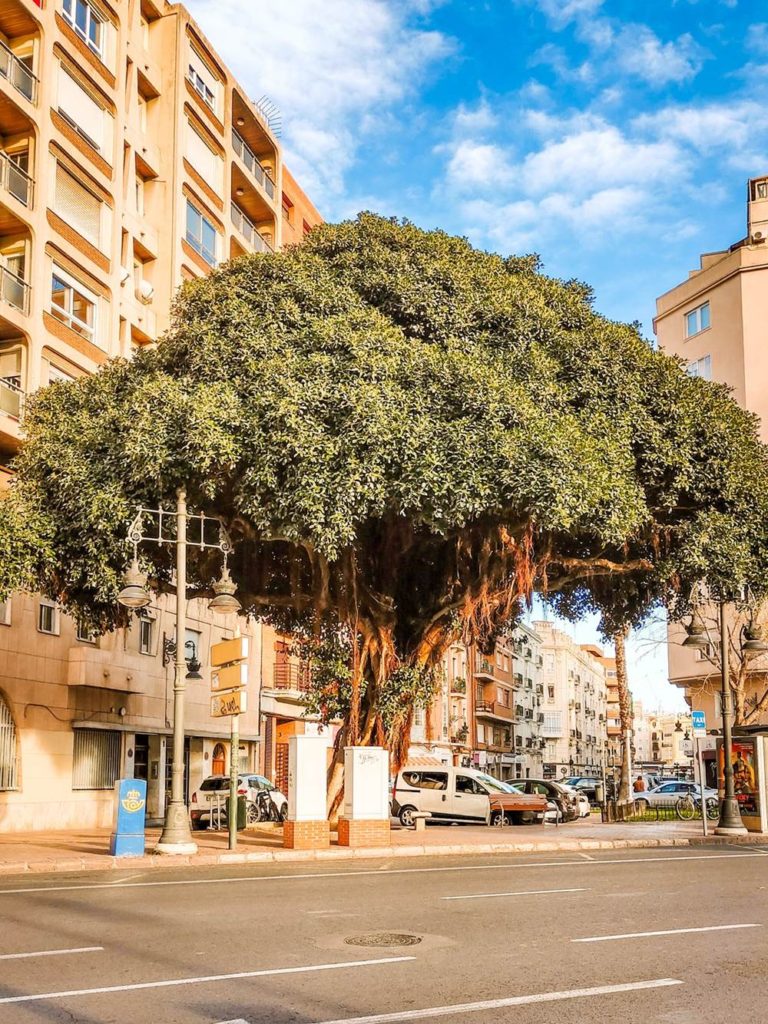
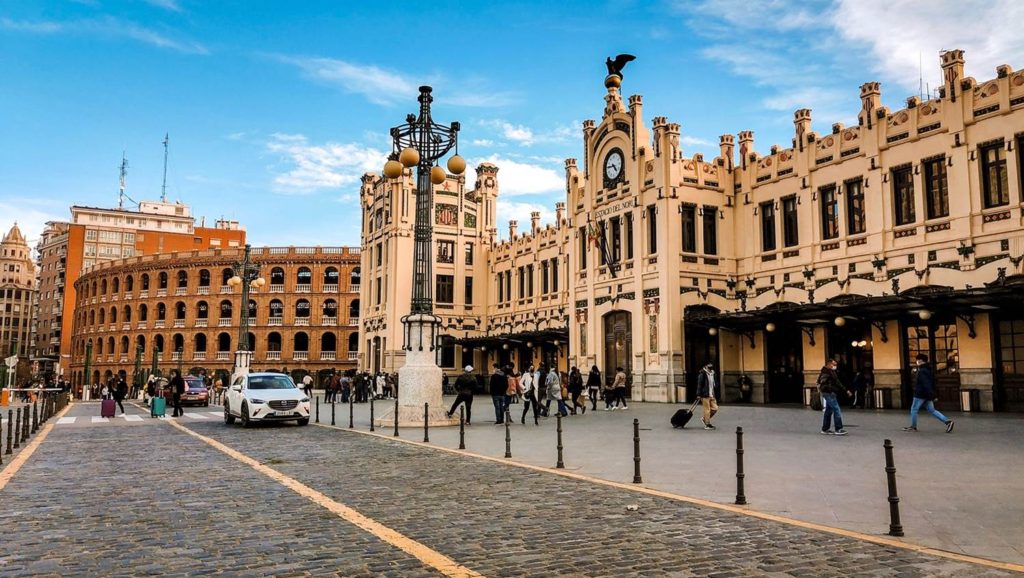
Turia Gardens – One of the Largest Parks in Spain
Spanning almost 10 km in length, this park follows the former bed of the Turia River. It originates in the old town, where Valencia’s main attractions, central squares, churches, and the cathedral are located.
Historically, the Turia River flowed from the surrounding mountains toward the sea, cutting through the city center. However, in the mid-1950s, heavy rainfall caused the river level to surge significantly, leading it to overflow its banks and subsequently flood central Valencia, resulting in extensive damage.
This incident triggered a project to divert the river to another course, and in the drained old riverbed, the magnificent Turia Gardens were established.
Occupying 110 hectares in the city’s heart, the park abounds with charming paths, gardens, bridges, as well as sports facilities and other attractions. It undoubtedly ranks among the most intriguing parks in Europe and provides an ideal setting for walking and cycling.
Among other landmarks, the park houses the Palau de la Música de València, a massive 70-meter statue of Gulliver that visitors can climb, as well as the historic San Jose, Trinidad, and Serranos bridges. By traversing the grottos, one can journey from central Valencia to the City of Arts and Sciences itself.
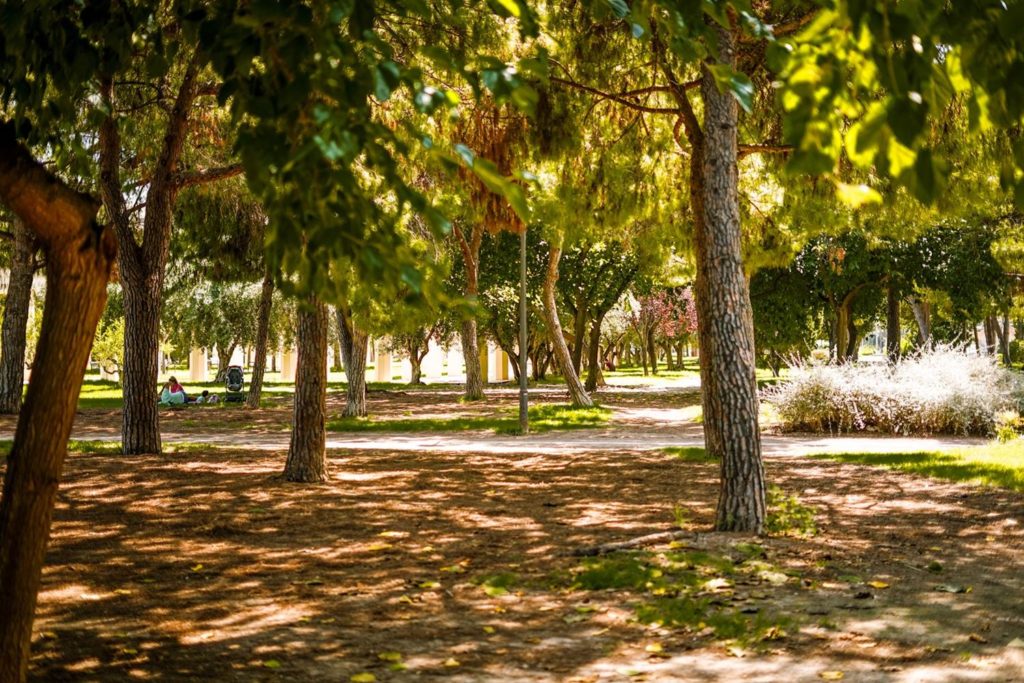
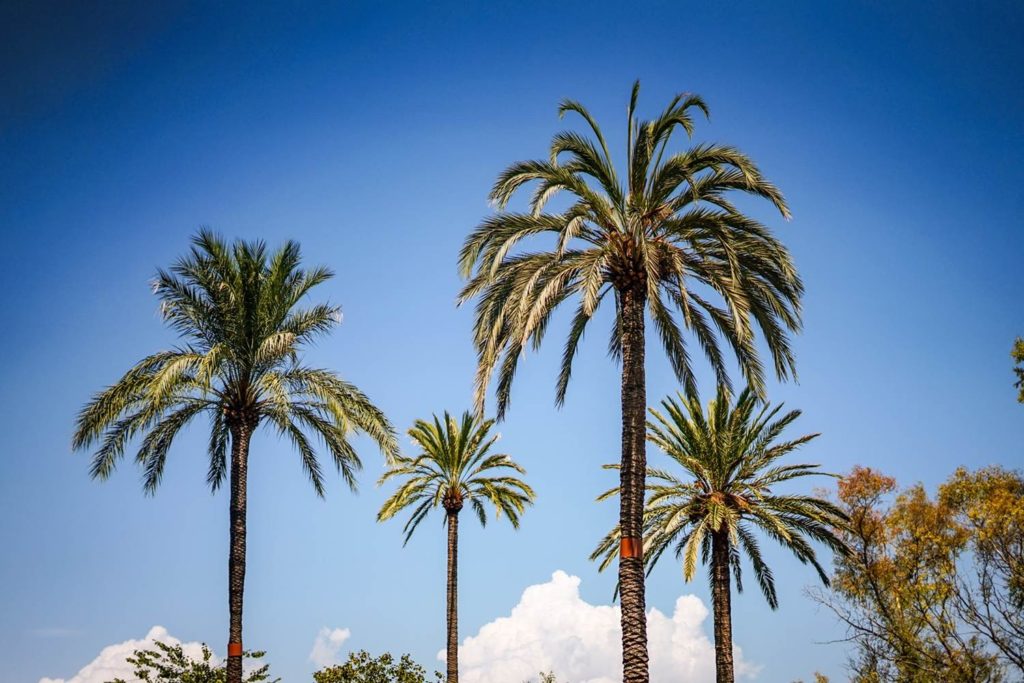
La Albufera – Unique Wetlands
Just 10 km from Valencia lies a beautiful lagoon, separated from the sea by a strip of land, forming a captivating wetland. This place is rich in unique flora and fauna, presenting an entirely fresh portrayal of Mediterranean shores.
These wetlands serve as a home to thousands of birds, offering them an ideal nesting area. Thus, it’s best to visit this location in the spring or summer when you can observe the return of migratory birds and enjoy the comfortable temperature.
The splendor of this site is further enhanced by the magnificent sunrises and sunsets. Here, one can witness a remarkable display of light, with the setting sun’s rays over La Albufera, reflecting on the water, creating a memorable, colorful spectacle.
You can explore the wetlands either by hiking along historical trails or following an interesting botanical route. Alternatively, you can traverse the lagoon by boat, taking a picturesque cruise through this extraordinary ecosystem.
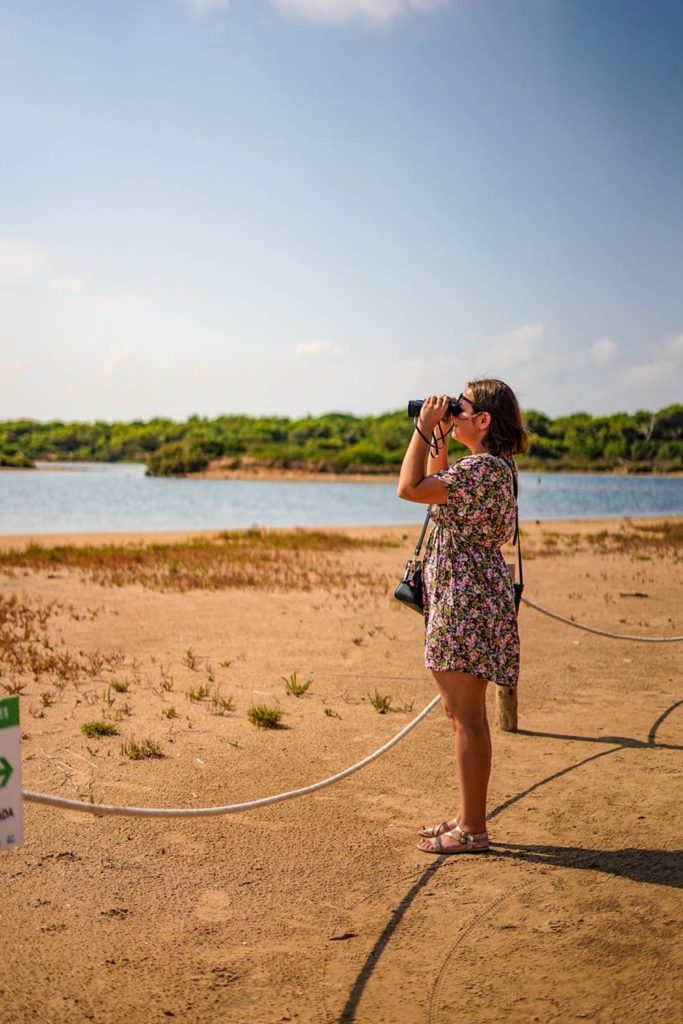
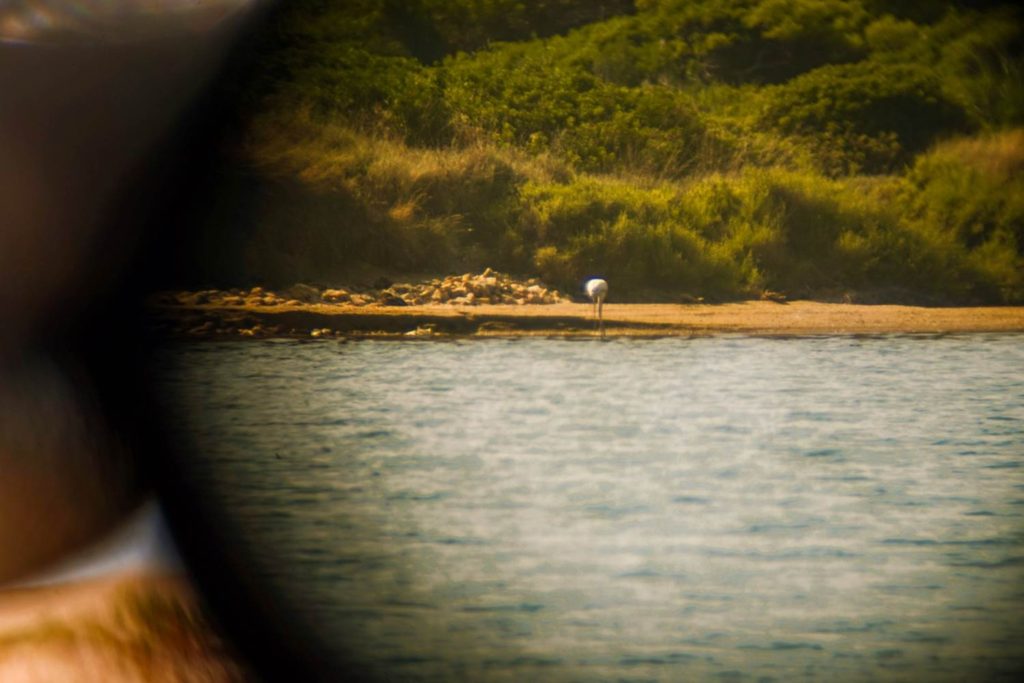
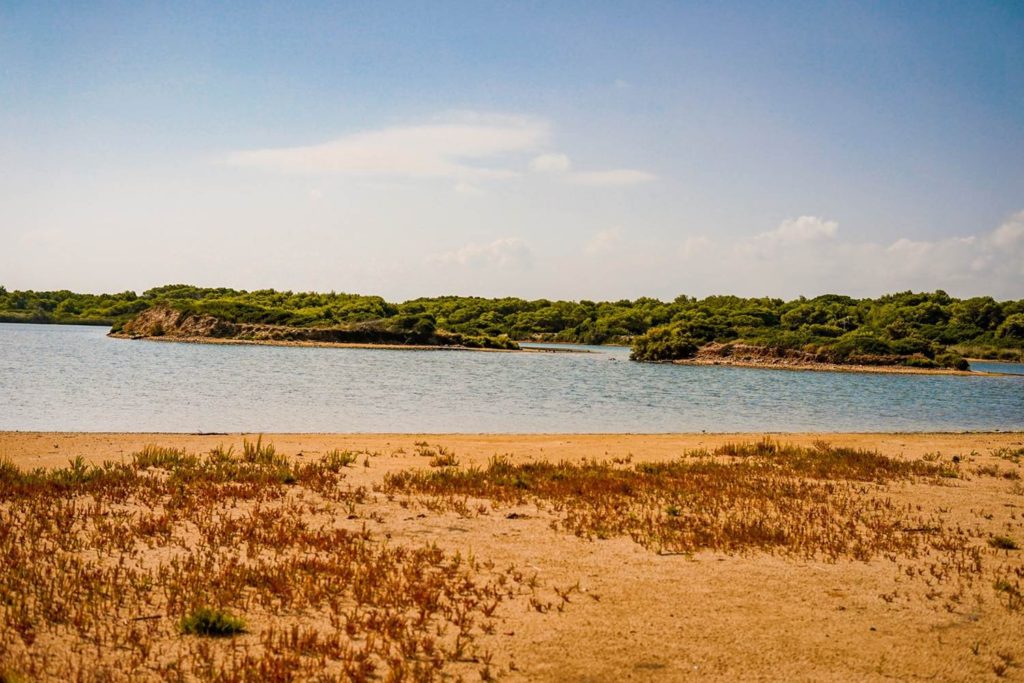
Beaches in Valencia
Being a coastal city, Valencia allows for a leisurely break from sightseeing with a visit to the beach. With a wide array of beaches to choose from, it’s worthwhile to explore which one suits your preferences best. You can opt between city beaches and those further afield. These include:
- Playa de la Malvarrosa
- Playa de L’Arbre del Gos
- Playa El Cabañal – Las Arenas
- Playa de Pinedo
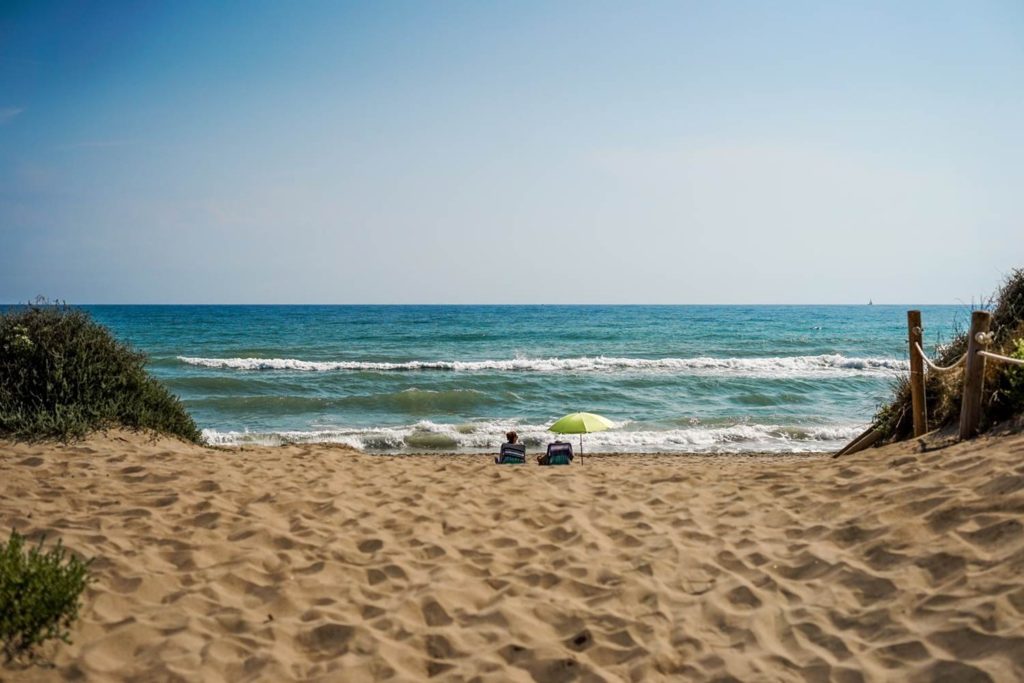
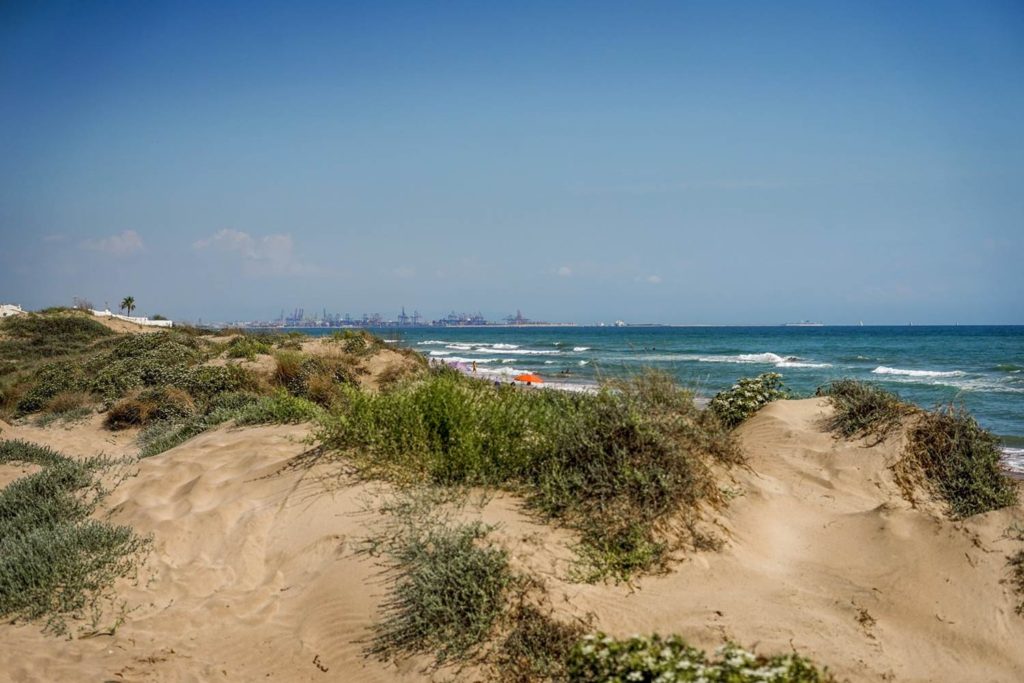
Lonja de la Seda – Historic Silk Exchange
The Valencia Silk Exchange, inscribed on the UNESCO list in 1996, is regarded as one of Europe’s most precious medieval civil monuments. A visit to this site provides insight into Valencia’s dynamic growth during the transition from the Middle Ages to the Renaissance.
Constructed between 1482 and 1533, the building stands as a prime example of Valencian Gothic architecture. The Silk Exchange, with its rich history and impressive architecture, ranks among Valencia’s most significant attractions.
Fallas de Valencia – The Festival of Fire
The Fallas de Valencia, the most significant celebration for the city’s residents, also serves as an excellent tourist attraction. Commemorated in March in honor of Saint Joseph, this festival is an important religious event and local tradition.
The festival’s central attractions are the statues and installations known as Fallas and Ninots, which are dispersed throughout the city. As tradition dictates, these statues are set ablaze, or even filled with firecrackers to explode, when the celebration draws to a close. Valencia then hosts numerous traditional events, concerts, exhibitions, and parades, all accentuated by impressive fireworks displays.
The festival’s main attractions occur from March 15th to 19th, although some events commence as early as the end of February. The Fallas de Valencia Festival has been declared a UNESCO Intangible Cultural Heritage site.
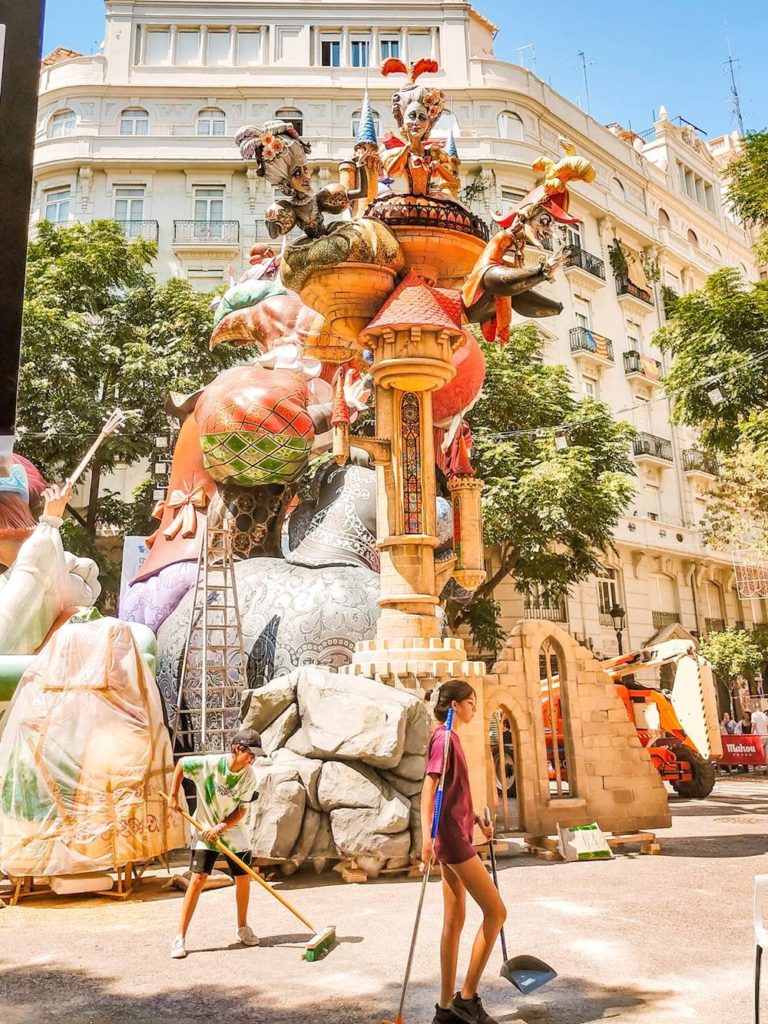
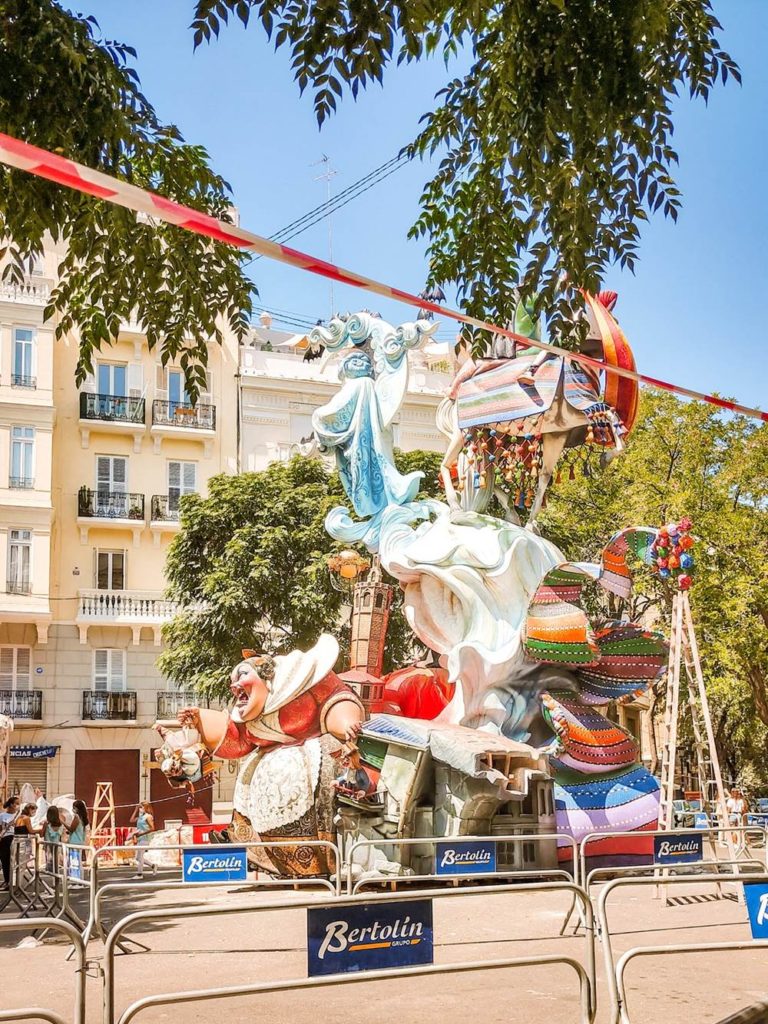
Where to Eat in Valencia?
As a paradise for Spanish cuisine enthusiasts, Valencia offers a plethora of opportunities to sample various regional dishes, such as paella valenciana. The city, being a large one, is teeming with restaurants and pubs spanning a broad price range. Whether you’re looking for an expensive, exclusive dining experience or an affordable meal, you’re sure to find it here.
Valencian cuisine is a sensory feast, an explosion of flavors, aromas, and colors. Here, you’ll have the opportunity to see and taste an array of culinary delights.
Where have I dined in Valencia, and where do I recommend?
✓ Restaurante Di Fredo: This is where we savored gazpacho soup and paella Valenciana. Delicious food and reasonable prices.
✓ Restaurante da Antonella: They serve superb pizza and sangria, with a great selection.
✓ Restaurante Italiano – Pizzería – Ris8tto: Although good, in my opinion, da Antonella offers tastier fare.
Visiting the local market is also a good idea, as it’s encircled by a myriad of shops, bars, and cafes. It’s an excellent spot for dining while getting an authentic taste of city life in Valencia.
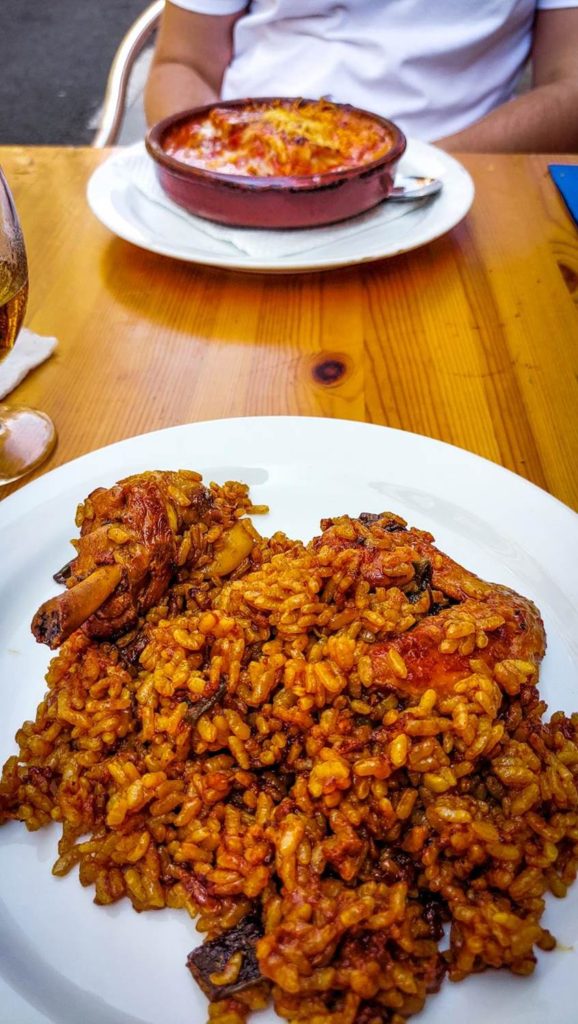
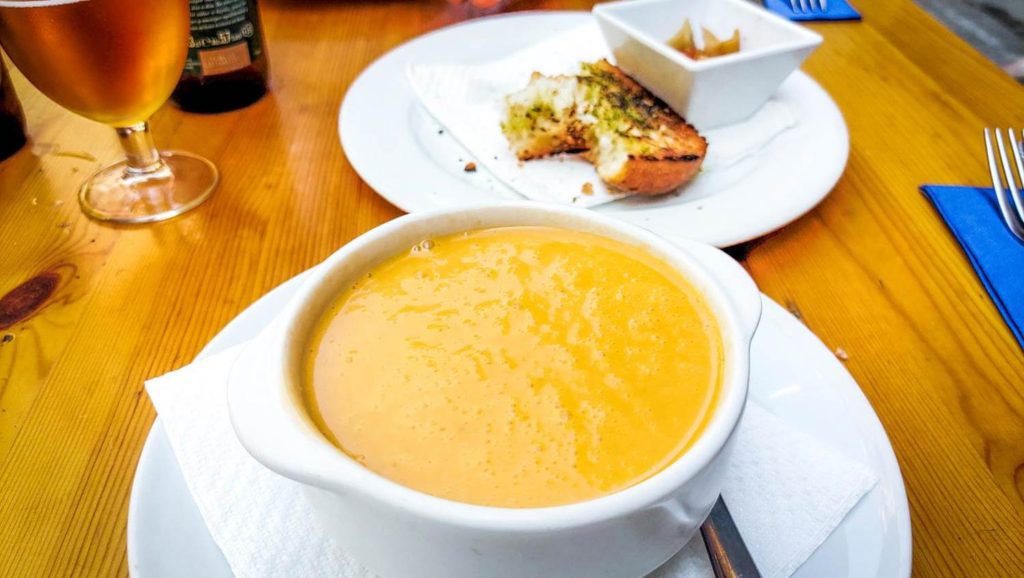
Accommodation in Valencia
In Valencia, the options for accommodation are truly diverse. Despite the broad range of choices, prices in this part of Spain can become quite high if you’re making last-minute arrangements. Thus, it’s better to plan your stay in advance. Hotels, hostels, bed & breakfasts, apartments, and houses are all available. So, if you’re working within a tight budget, make sure to review your options for accommodation in Valencia before making your booking. Alternatively, you might consider staying in the surrounding area, which is equally delightful.
During my stay in Valencia, I lodged at the Apartamentos Plaza Picasso. This apartment is well-suited for 3-4 people.
Other recommended accommodations in Valencia include:
- Well-appointed apartments near the port. You can find here.
- A boutique hotel with stellar reviews, which you can see here.
Additional recommended accommodations can be found here. You can also check the map below for a more comprehensive overview.
Booking.comIs Valencia Worth Visiting?
Absolutely! Valencia boasts a myriad of attractions – too many to encompass in a brief post. The journey through the city should ideally start with the Ciudad de las Artes y las Ciencias, also known as the City of Arts and Sciences. From there, you can discover the city’s historic gems in the Old Town, explore the bustling market, and stroll down its atmospheric streets.
Valencia is a radiant, vibrant city with an abundance of things to see and do. It’s among those Spanish cities brimming with attractions and intriguing spots to explore at your leisure. Personally, I found that my own visit merely scratched the surface of what Valencia has to offer, and I know there’s much more for me to see and experience upon my return. So, bear in mind that my guide is simply a starting point for discovering the delights of this city.
Is it worth making the trip to Valencia? I believe that after reading this post, you already know the answer to that question! It’s a resounding yes.
For other interesting attractions in Spain, check out this links:
13 Best Things to Do in Barcelona
Top Things to Do in Lloret de Mar (Spain)
Discover the Hidden Gems of Costa Brava
Sant Feliu de Guixols: What To Do in This Catalan Town
Discover Costa Daurada – Attractions and Beautiful Places
Vacations in Tossa de Mar – Discover the Extraordinary Beauty of the Costa Brava
Reus – What To See In Gaudi’s City?
Hospitalet del Infante – Here You Spend a Beautiful Vacation